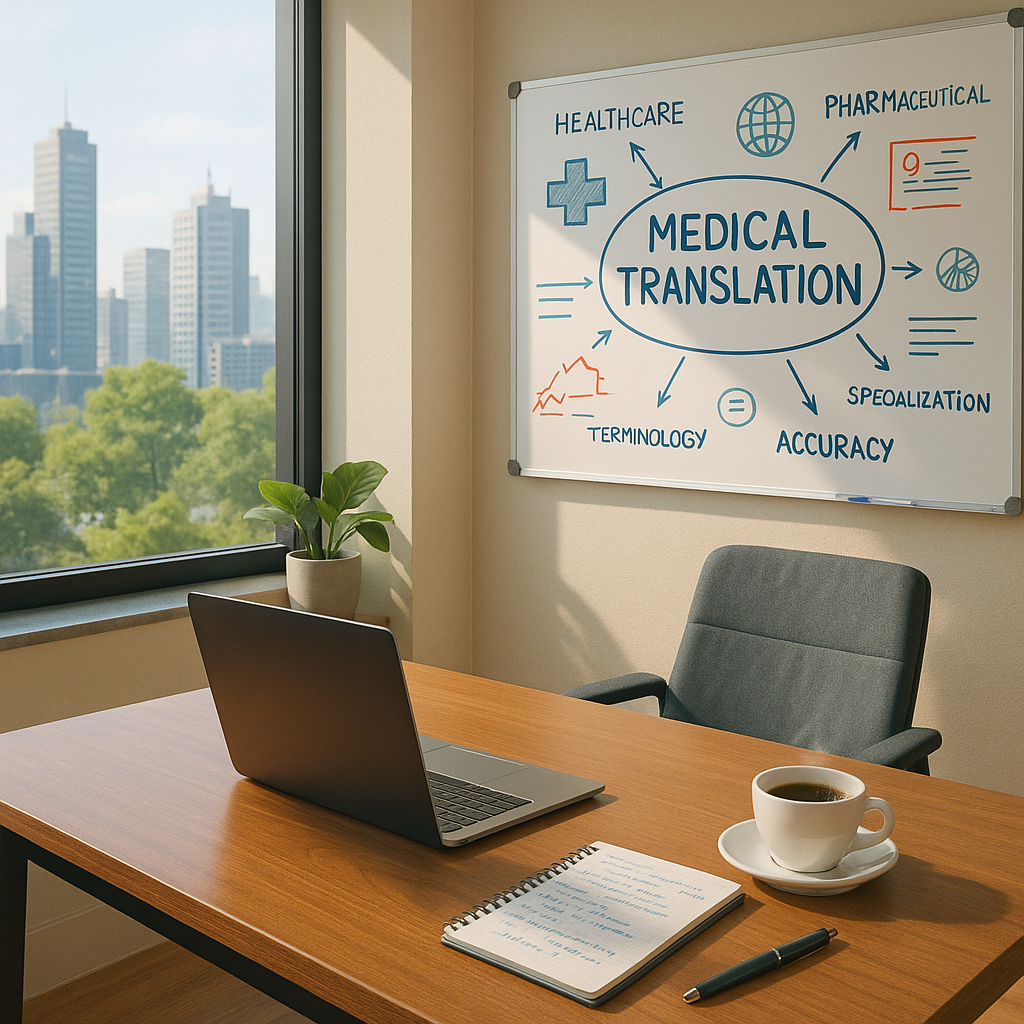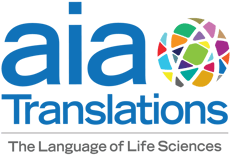Beyond Words: The Real Cost of Errors in Life Sciences Translation
Medical Pharmaceutical Translations • Nov 24, 2025 12:00:01 PM

How inaccuracies escalate into financial, regulatory, and reputational damage
In life sciences, translation is never a cosmetic task. It is the backbone that supports compliance, patient safety, market access, and professional credibility. When language fails, consequences are rarely confined to a single mistranslated sentence—they ripple outward, affecting organizations, regulators, healthcare providers, and ultimately patients. Despite this, the “cost” of translation errors is often underestimated because the risks are not always immediate or visible. But they are real, measurable, and increasingly scrutinized.
Errors in pharmaceutical, medical device, and clinical research translation are uniquely dangerous because they sit at the intersection of regulation, patient-facing communication, and high-stakes scientific precision. A misplaced decimal point, a mistranslated contraindication, or a culturally inappropriate patient instruction is not just a linguistic oversight; it is a potential legal case, a delayed product launch, or a recall waiting to happen.
The Financial Reality: Errors Are More Expensive Than Quality
Companies often view translation as a controllable budget item. But in life sciences, cutting corners is an illusion of savings. The actual financial cost of errors can dwarf the initial investment in qualified, specialized translators.
Consider the following scenarios:
-
Regulatory submission delays can cost pharmaceutical companies millions per day in lost market opportunity. A mistranslated clinical outcome, an incorrect term in a drug-labeling file, or inconsistent terminology across documents is enough for regulators to pause the entire process.
-
Product recalls triggered by inaccurate Instructions for Use (IFU), warnings, or dosage guidelines generate logistics costs, investigation expenses, and—critically—erode trust.
-
Reprinting and redistributing patient-facing materials (such as PILs, informed consent forms, or packaging) can lead to weeks of operational disruption.
High-quality translation seems expensive until compared to the true cost of fixing preventable errors. In regulated environments, the cheapest solution upfront is almost always the most expensive one in the long term.
Case Studies That Illustrate What’s Truly at Stake
Case Study 1: Misinterpreted Dosage Leads to a Regional Recall
A multinational pharmaceutical company once faced a partial recall in Latin America because “dosis diaria” had been mistranslated as “one daily dose,” when the source text actually specified it should be taken several times per day. Pharmacovigilance teams noticed a spike in adverse event reports, triggering an investigation that ultimately traced back to the mistranslated patient leaflet.
Although no fatalities occurred, the company incurred recall costs, regulatory scrutiny, and mandatory retraining across its affiliate teams.
Case Study 2: IFU Translation Error Delays Market Entry in the EU
A medical device manufacturer preparing for CE marking discovered late in the process that key sections of its Instructions for Use (IFU) did not meet MDR linguistic requirements. Terminology inconsistencies and noncompliant phrasing in risk-related language forced a complete revision across 24 languages.
The delay pushed the product launch back by four months—during which competitors secured market share. The cost of lost revenue significantly outweighed what a fully compliant, specialized translation workflow would have cost upfront.
Case Study 3: A Clinical Trial Stalls Due to Poorly Adapted Informed Consent Forms
In a Phase III oncology trial, patient recruitment slowed dramatically in two countries. Investigators reported that the Informed Consent Forms were confusing, culturally mismatched, and in some places inaccurate, making participants unwilling or unable to sign.
Once corrected and re-approved, recruitment stabilized—but the timeline had already shifted. The sponsor absorbed the cost of extended trial duration, additional site communication, and repeated ethics committee submissions.
These cases demonstrate a universal truth: translation errors do not stay on the page. They escalate.
Reputational Damage: The Silent, Long-Term Cost
Even when a mistake is corrected quickly, the reputational damage can linger. In the life sciences sector, trust is fragile—and once compromised, difficult to restore.
-
Regulators remember patterns of poor-quality submissions.
-
Healthcare professionals notice inconsistencies in patient materials.
-
Patients share negative experiences online, especially when unclear instructions affect treatment.
A single error can cast doubt on an organization’s commitment to safety and compliance. In a field where reliability is paramount, this perception can take years to repair.
Why Accuracy Requires More Than Fluency
Life sciences translation requires specialized linguists, rigorous QA workflows, validated technology, and documented processes. The expertise involved is multidisciplinary—linguistic, regulatory, scientific, and cultural.
Errors often occur when organizations underestimate the complexity of:
-
region-specific regulatory expectations
-
terminology consistency across large multilingual datasets
-
cultural adaptability in patient-facing communication
-
manufacturer-required quality controls such as back translation, risk assessment, and linguistic validation
The truth is simple: fluency is not enough. Translation quality in life sciences must be rooted in expertise and supported by systems designed to prevent errors before they happen.
Building a Zero-Compromise Approach to Quality
Organizations that successfully reduce translation errors usually invest in:
-
specialized medical translators and scientific subject-matter experts
-
terminology management integrated across all markets
-
strict quality assurance processes with multiple review layers
-
continuous collaboration between translators, medical writers, and regulatory teams
-
structured feedback loops with affiliates and SMEs
These measures are not merely “best practices”; they are risk-mitigation strategies that directly prevent financial losses, regulatory setbacks, and reputational harm.
The Cost of Accuracy Is Always Lower Than the Cost of Mistakes
In life sciences, translation is not just another workflow. It is a safeguard. It protects patients, maintains compliance, and preserves a company's hard-earned credibility. The real cost of errors—financial, regulatory, and reputational—far outweighs the investment required to build a robust, quality-driven linguistic ecosystem.
When accuracy is non-negotiable, language becomes a form of risk management. And in a sector where lives and reputations depend on clarity, accuracy is not just a linguistic goal—it is a moral and professional imperative.
